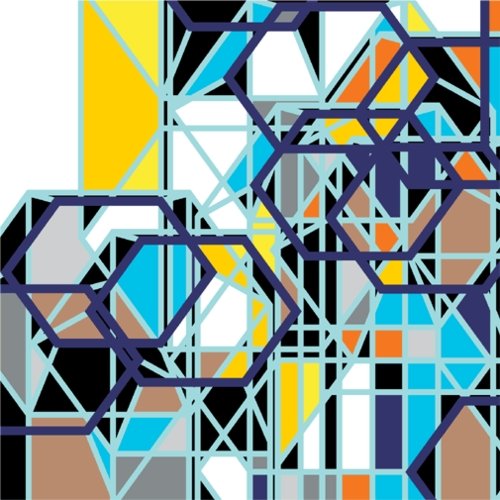Sarah Morris
dal 24/4/2008 al 2/8/2008
Segnalato da
24/4/2008
Sarah Morris
Stadtische Galerie im Lenbachhaus und Kunstbau, Munich
Since the mid-1990s, Sarah Morris has been internationally recognised for her complex abstractions and films, which are derived from close observation of the architecture and psychology of urban environments. In the paintings she uses colors and geometries that she associates with a city's unique aesthetic vocabulary and palette, as well as its character and history. Curator: Matthias Muhling.

Since the mid-1990s, Sarah Morris has been internationally recognised
for her complex abstractions and films, which are derived from close
observation of the architecture and psychology of urban environments. In
the paintings she uses colors and geometries that she associates with a
city's unique aesthetic vocabulary and palette, as well as its character
and history. Morris' films operate in the realm of documentary,
biography of a city, and non-narrative fiction and focus on the
importance of architecture, the role of the state, critique of power,
and the aesthetic tension between the commercial and the political.
The Lenbachhaus is now premiering Sarah Morris's seventh film. This is
the second time (since /Robert Towne/, 2005) that Morris decided to
shift her lens from the wide panoramic view of a city to an intimate
portrait of an individual citizen of that city. Dr. Georg Sieber was the
head psychologist of the Olympic Police and the Munich Police in 1972.
Sieber was present on Connolly Street on the tragic morning of September
5th, 1972 when members of the terror group Black September attacked and
took hostage of the visiting members of the Israeli Olympic Team. Later
that morning he resigned from his position. Sieber was hired by the
International Olympic Committee and Munich Police to project possible
scenarios that would jeopardize the safety of the Olympic Games and
prepare the security training that they would require. One of the
scenarios written by Sieber, Scenario #26, was an almost exact prognosis
of what was to fatefully play out in reality. Contrary to the common
perception that the Germans were not prepared, Sieber exposes a very
different analysis of what occurred that day. Continuing her
investigation of the concept of the 'peripheral' character, it becomes
clear that Sieber had proposed an alternative method of navigating the
situation that could have led to different outcome.
In /1972/, Morris
mixes police surveillance footage of demonstrators and archival
photographs of the 1972 Summer Olympic Games, with shots of the
impressive Munich Olympiapark and a candid interview of Sieber who has a
long-standing career as a psychologist and is an expert on international
security matters. The film, shot on 35mm, investigates the issue of
projection and planning and it's potential failures through this
specific instance in history. It exposes a subjective parallel view
radically different than the widely received ideas around the events of
the 1972 Munich Olympics.
The Munich Games of the XX Summer Olympiad in 1972 were intended to
present a new, democratic and optimistic image of Germany to the world,
as demonstrated by the official motto, "the Happy Games," as well as
Behnisch's and Otl Aicher's utopian and colorful design. This moment,
represented in the Games of 1972, is one of the most important and
televised political events in contemporary history. The media coverage
of the failure of 1972 brought terrorism to the world stage and
significantly altered its role in relation to the media and the
cinematic moment.
The Städtische Galerie im Lenbachhaus and Kunstbau München is very
pleased to present the premier of /1972/.
A catalogue with an essay by Diedrich Diderichsen will be published on
the occasion of the exhibition.
Opening. April 25^th 2008, 7 pm
Stadtische Galerie im Lenbachhaus und Kunstbau
Luisenstrasse 33 - Munich



